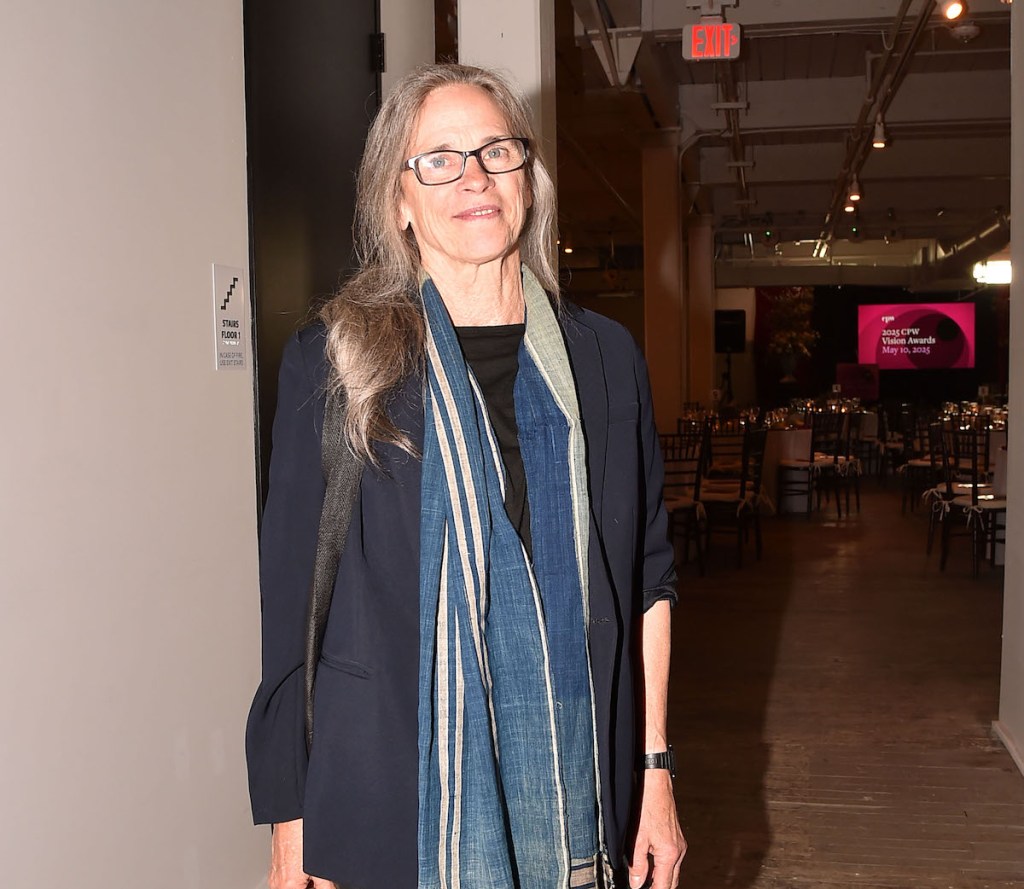In her new memoir Art Work, photographer Sally Mann writes that she now has reservations about one series featuring Black men—and reveals that she even removed some of these works from her 2018 National Gallery of Art exhibition because of those concerns.
For that series, titled “Men” and shot between 2004 and 2018, Mann shot images of Black men who responded to ads for paid modeling sessions that she distributed at all-male colleges in her home state of Virginia. Many of the resulting images are close-up shots of hands, faces, necks, backs, and more.
Related Articles

Mann has previously written that the series grew from her own experiences growing up in a segregated Virginia. “I had always seen, but not seen, black men on the fringes of white life, mowing, tending bar, or waiting for work in the shade of the big trees at the courthouse,” she wrote in a 2015 book called Hold Still.
But now, a decade later, Mann has returned to these images with greater self-criticality, describing them in one section as “problematic.”
“In the case of the photographs I made of the men, I knew my life experiences were not those of my subjects, and that taking on the issues around race was going to be problematic,” Mann writes in Art Work. “In hindsight, any of you could have told my naive, earnest (you’re right: dumbass) self that it was a lot more than just problematic. You would have known that historically marginalized people would rather tell their own stories, not have them interpreted through White eyes and minds. You would have seen far more clearly than I did that my attempt to engage with this issue would bring to the fore centuries of historical White privilege and racism, and that whatever work I made could seem to be both transgressive and trivializing.”
Moreover, she writes in another section, “Between 2004 and 2018, I was telling the wrong story, or telling it at the wrong time, even if I told it as right as I could.”
Mann writes that she began to see the works anew in 2017, after a controversy raged at that year’s Whitney Biennial, where Dana Schutz exhibited a painting of Emmett Till’s open casket funeral that was met with sharp condemnation and calls for the work’s removal. The painting remained on view through the end of the show’s run, even as many repeatedly claimed the subject was not one to be represented by a white painter.
Mann writes that she found the Schutz controversy “illuminating but also chilling.” It moved her to pull 14 of her “Men” pictures from her 2018 National Gallery of Art show, leaving behind just four images from the series.
According to a New York Times profile published this week, Mann currently has 150 unshown works from the “Men” series, which notably will not appear in a 2027 survey set to appear at undisclosed Asian and South American venues.
Yet Mann writes in Art Work that the series is not entirely without merit. “I have come to believe that the relationship between subject and photographer, while it can be strictly transactional, can also be mutually rewarding, and I like to imagine that these pictures might hold some value for everyone involved,” she writes.
Notably not addressed in the book is a more recent controversy surrounding Mann’s work, one that saw photographs featuring nude children seized by the police from the walls of the Modern Art Museum of Fort Worth following an outcry led by Republican politicians and a Christian group. The works were returned to her gallery, Gagosian, months after they had been taken away.
The Times asked Mann about this controversy, to which she reportedly responded with: “ugh.”

